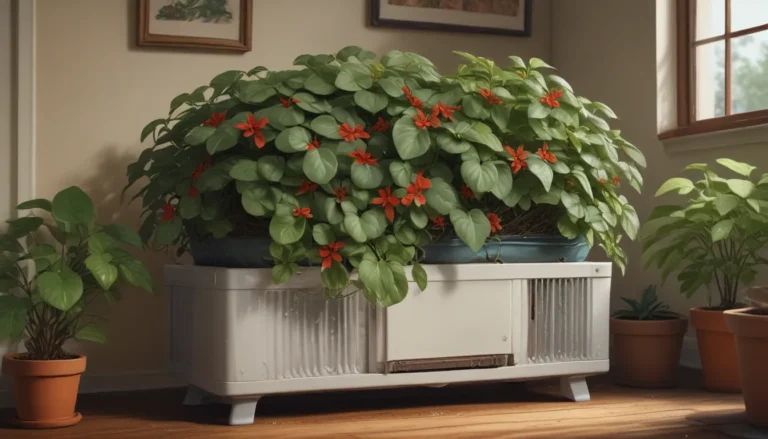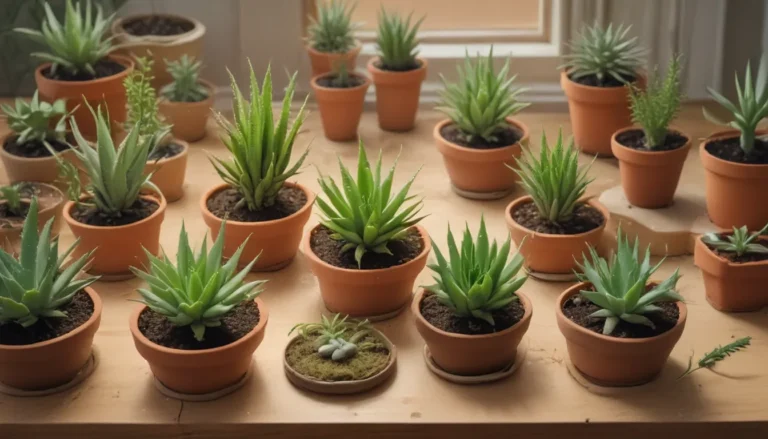A Comprehensive Guide to Growing and Caring for Stokes’ Asters

Stokes’ asters, known scientifically as Stokesia laevis (syn. Carthamus laevis), are perennial plants that belong to the Asteraceae or daisy family. These beautiful flowers are native to the southeastern United States and thrive in USDA Hardiness Zones 5 to 9.
Here, we delve deep into the world of Stokes’ asters. We’ll cover everything you need to know to grow and care for these stunning plants. So, let’s get started!
What You’ll Learn
In this detailed guide, we’ll explore various aspects of growing and caring for Stokes’ asters, including:
- What Are Stokes’ Asters?
- Cultivation and History
- Propagation
- How to Grow
- Growing Tips
- Pruning and Maintenance
- Cultivars to Select
- Managing Pests and Disease
- Best Uses
- Quick Reference Growing Guide
Now, let’s dive into the fascinating world of Stokes’ asters!
What Are Stokes’ Asters?
Stokes’ asters are renowned for their generously sized flowers, which typically measure between two to four inches across. Their stunning blossoms feature deeply divided rays that give them a frilly, delicate appearance.
These asters usually start blooming in mid to late summer, continuing into the fall. Some varieties may even surprise you with a few spring blossoms to kick-start the season.
With an upright, clumping growth habit and lance-like, semi-evergreen leaves, Stokes’ asters form a beautiful basal mound of foliage. When fully mature, they can reach heights of 12 to 24 inches and spread 12 to 18 inches wide.
Cultivation and History
In their natural habitat, S. laevis often grows in stream beds with well-draining sandy soil. The striking resemblance of their blossoms to wild cornflowers highlights their beauty in the garden.
Cultivated Stokes’ asters thrive in full sun and prefer consistent moisture. While they exhibit above-average tolerance to drought and heat once established, they benefit from filtered sunlight in warmer zones.
These flowers were named after the renowned British physician and botanist John Stokes, a member of the Linnean Society of London.
Propagation
To start growing your own Stokes’ asters, you can use seeds, nursery plants, soft stem cuttings, or divisions. Each method offers a unique way to propagate these plants.
When sowing seeds directly, ensure to keep the soil moist and scatter the seeds at intervals. As the seedlings mature, thin them to ensure sufficient spacing.
Transplanting should be done with care, replicating the depth of the original setting. Firmly tamp the soil around the stems and water them adequately.
How to Grow
Choosing the right location is crucial for growing healthy Stokes’ asters. Opt for a spot with full sun or filtered sunlight in warmer regions. The soil should be loose, sandy, and well-draining, with a slightly acidic pH range.
Preparing the soil by working it to an adequate depth, removing debris, and applying a balanced fertilizer will ensure your plants have a healthy start. A consistent watering regimen of around an inch per week is also essential for their growth.
Growing Tips
Here are a few handy pointers to remember when growing Stokes’ asters:
- Opt for a sunny location, but provide filtered sunlight in warmer zones.
- Ensure the soil is moist, loose, and well-draining to prevent root rot.
- Plant seeds on the surface and transplants at the same depth as in their original setting.
- Use a well-balanced granular fertilizer for optimal growth.
- Maintain even moisture levels to keep your plants healthy.
With these growing tips in mind, your Stokes’ asters are sure to thrive in your garden!
Pruning and Maintenance
Stokes’ asters are relatively low-maintenance plants, but a few simple tasks can help them flourish. Deadheading spent flowers, dividing large clumps, fertilizing annually, and cutting back stems in the fall are essential maintenance practices.
Adding a layer of mulch in cooler climates can also aid in winter insulation and drainage.
Cultivars to Select
When selecting Stokes’ asters for your garden, you’ll find a variety of cultivars to choose from. Here are a few popular options:
- Honeysong: Featuring pinkish-purple blossoms with white frills, ‘Honeysong’ blooms from late summer to fall.
- Peachie’s Pick: This cultivar offers lavender-blue flowers with white eyes and frilly rays, blooming from midsummer to fall.
- White Star: Known for its bright white, frilly blossoms with a hint of pink, ‘White Star’ blooms from late summer to early fall.
With such a diverse color palette, you’re sure to find the perfect Stokes’ aster cultivar to suit your garden’s aesthetic.
Managing Pests and Disease
Stokes’ asters and their cultivars are generally resistant to pests and diseases. However, in overly wet conditions, they may be vulnerable to slugs, snails, and fungal issues like Fusarium wilt and powdery mildew.
To prevent such problems, ensure good air circulation, well-draining soil, and appropriate watering practices.
Best Uses
Stokes’ asters are versatile plants that work well in various garden settings. Whether mass-planted in butterfly, cottage, or cutting gardens, these flowers can attract bees and butterflies with their vibrant blooms.
While they are considered deer and rabbit resistant, it’s essential to remain vigilant in areas prone to wildlife damage.
Quick Reference Growing Guide
To make your Stokes’ asters thrive, here’s a quick reference guide with essential information:
- Plant Type: Herbaceous flowering perennial
- Flower/Foliage Color: Blue, pink, purple, white, yellow/green
- Native to: Southeastern United States
- Hardiness (USDA Zone): 5-9
- Exposure: Full sun
- Spacing: 18-24 inches
- Height: 12-24 inches
- Water Needs: Moderate
- Common Pests and Diseases: Slugs, snails; fusarium wilt, powdery mildew
By following these guidelines, you can ensure your Stokes’ asters flourish year after year.
Transition with Showy Stokes’
Stokes’ asters are a captivating addition to any garden, with their striking flowers in an array of colors. Their unique growth habits and care requirements make them an interesting plant to cultivate.
If you’re currently growing Stokes’ asters or planning to incorporate them into your garden, share your experiences in the comments below. We’d love to hear about your journey with these beautiful flowers.
For more information on bold and bright perennial aster species, check out our other comprehensive guides on New England Aster, Sky Blue Aster, and Tatarian Aster.
In conclusion, the vibrant Stokes’ asters are a delightful species to nurture, offering a burst of color and charm to any garden setting. Make them a focal point in your outdoor space, and enjoy their beauty all season long.
Remember, gardening is not just a hobby; it’s a passion that blooms with every flourishing plant in your care.





